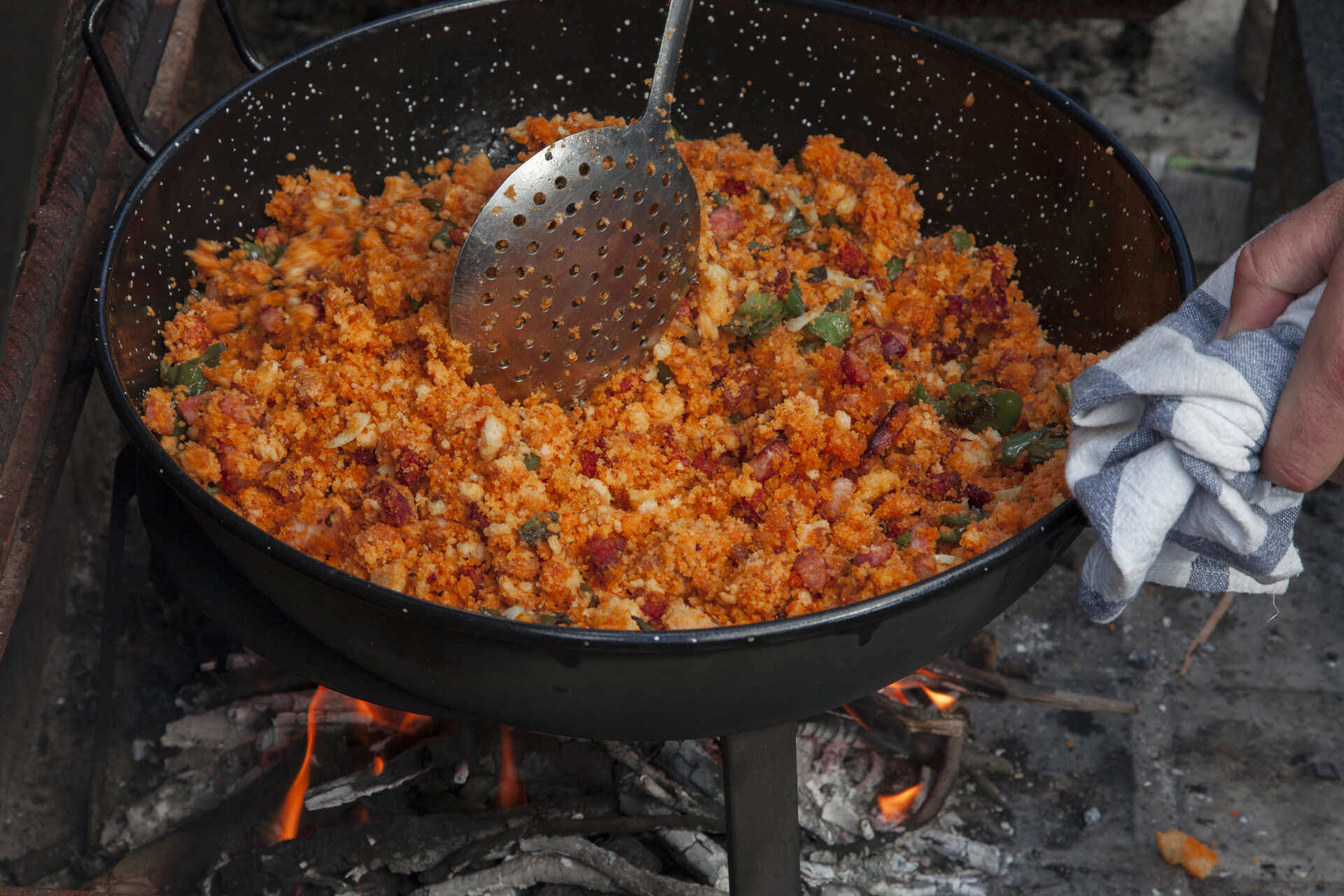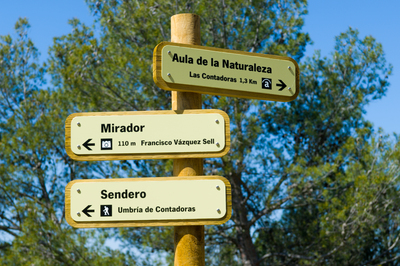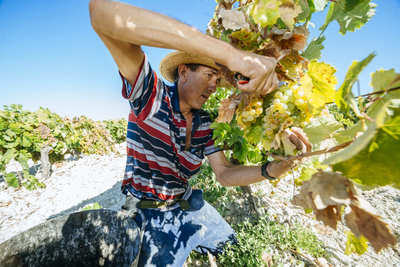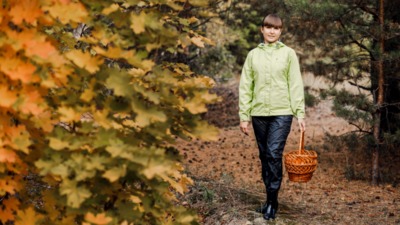Ice for San Andrés: pulses, stew and new must

"For Saint Andrew's Day, the snow at your feet", So goes the popular saying. With the celebration of this saint's day at the end of November, the cold arrives and it's time to light the fire. The crackling of the firewood, the smoke from the chimneys and the aromas of soups and stews fill Andalusian kitchens with a magical atmosphere. And not forgetting the extraordinary flavours that comfort both body and soul.
Andalusia is best discovered by taking a journey with the taste buds, with dishes that are ideal on cold, rainy days. Wonderful soups and stews are to be found in every corner of Andalusia. Many of them originated centuries ago, often in the Al-Andalus era, and appear in different towns and homes, always slightly different and sometimes becoming dishes with a distinct personality.
Winter cuisine dates back to ancient times, when only seasonal products from gardens, orchards and the market were available, which meant that local products had to be used in the recipes: Chestnuts, oranges, leguminous vegetables, artichokes, etc, without forgetting the products from when the pig is slaughtered. This usually happened in November with the arrival of another saint's day, this time Saint Martin, which gave rise to the saying "Saint Martin's Day comes for every pig". The cold was and remains the best ally for curing sausages and meats.
The traditional slaughter of pigs means that there is no Andalusian recipe for a stew, the star dish in winter, that does not include this delicious flavour. It involves a mixture of meat and fat stewed together which mean you should always have recently baked bread and plenty of breadcrumbs. Chickpeas from Escacena and Fernán Núñez and green vegetables also play a leading role in this delicious stew, which provides plenty of calories after simmering for several hours.
Each little corner of Andalusia uses more or less broth, rice or some type of meat, but they always use delicious cured bones. A stew is a very versatile dish, and everything can be put to use, because you can use any leftover meat to make croquettes, as well as a dish called "ropa vieja" or a fry-up from the leftovers, second generation dishes that are still full of flavour. Special mention should go to what we call stew broth. This quintessence of the stew has medicinal properties. This stew broth is recommended as the remedy for any number of ills.
There are so many dishes that are ideal to combat the cold weather: Andalusian tripe with chick peas, "olla gitana" and "olla de San Antonio (traditional stews), "gazpachuelo", "potaje de vigilia" (cod, chickpea and spinach stew), thistle stew, stewed hare, and so many more.
Grape Must Routes
If you are looking for a place where November is really welcome, then this is Jerez. Out in the country, you have the stalls and inns that begin their favourite season flying the traditional red flag, to advertise the sale of the youngest wine called must. A drink that gives its name to the route through these places of pilgrimage, which is called "ir de mostos".
This first young wine, made straight after the harvest, is accompanied by a unique gastronomic attraction, featuring little-known dishes that are truly authentic: collard greens, country garlic and giblets.
You will forget all about the cold after enjoying a traditional "berza jerezana" a thistle or chard stew with broad beans, chickpeas, beef, pork, fresh streaky bacon, black pudding and spicy sausage. A really filling dish to which they add hot garlic, also known as wild garlic or vineyard garlic. As with many of these dishes, the origin is humble and hard-working, as they go back to dishes made for farm workers after a day in the fields. A lot of garlic, peppers, tomato, bread and olive oil, mixed to a certain consistency. It is served very hot in small wooden bowls, seasoned with raw, whole and peeled radishes, leaving the root on to help you pick it up.
The Cádiz Must Triangle consists of Jerez, Trebujena and Sanlúcar, but it also extends up into the mountains and other towns such as Bahía de Cádiz.
According to a popular saying, this grape must "does not make you drunk but you bends at the knees", and it also has its own route in the Aljarafe region in Seville. This features festive events like the Must Fair in Umbrete and the Grape Harvest in Villanueva del Ariscal. In November, the wine-cellars in the area become a tourist attraction for those wishing to visit them, to watch the treading of the grapes in situ and taste this bright golden "juice" that, in a certain way, reminds you of the sun that bathes the lands of Aljarafe.












